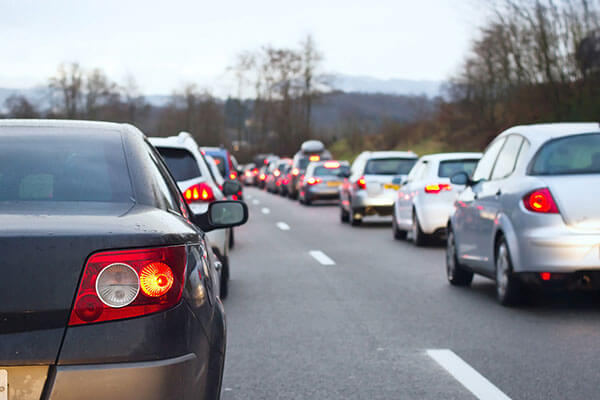UK motorists have forked out an additional £1.13 billion pounds during the last 12 months due to the rising cost of petrol and diesel, according to new research from CarGurus.
With the average cost of petrol and diesel reaching 191.25p and 199.02p per litre at the end of June, it’s estimated that in June 2022 the figure has risen to £3.44 billion, representing a 49% increase.
For Brits’ wallets, this amounts to an extra £30 a month per driver – equating to £360 over the course of the year.
Following this news, Brean Horne, a personal finance expert at NerdWallet, shares five ways motorists can cut down on the amount spent on petrol, and reduce their fuel consumption to combat the increasing costs:
Check tyre pressure
Having under-inflated tyres means the car’s engine has to work a lot harder to keep the car moving, which burns more fuel. Regularly checking tyre pressure, especially before long journeys, will help keep fuel consumption down and helps your tyres last longer.
Check the vehicle’s handbook to know what the recommended pressure is for your tyres. The pressure may also be printed on the sill of the driver’s door or inside the fuel tank flap. This should be checked at least once a month and always before a long journey.
Switch the engine off
Leaving the engine running while a car is stationary consumes more fuel. It’s best to switch the engine off in situations where your car is at a standstill such as in heavy traffic or waiting at traffic lights.
Some newer vehicles are already fitted with stop-start technology which does this automatically.
Avoid unnecessary or short journeys
Taking multiple short journeys has an impact on fuel consumption. Longer journeys allow the car’s engine to warm up to its most fuel-efficient temperature so it’s more efficient to make one round trip instead of lots of small ones when you can.
It could be useful to keep track of your household’s weekly mileage and factor in journeys which could have been avoided or merged into one trip. Where possible, it is also beneficial to swap short car journeys out to walk/cycle these instead. This will not only keep fuel consumption and costs down, but it will also benefit your physical fitness too!
Take out fuel loyalty cards
A number of supermarkets and petrol stations allow customers to use loyalty cards or cashback schemes to help cover the cost of petrol. Loyalty cards are offered by the retailer to encourage customers to continue using their services.
Some examples of supermarket loyalty cards include the Morrisons More card, Tesco Clubcard, and Nectar Card, and example petrol station loyalty cards include Shell Go+ and BPme Rewards.
Drive more smoothly
Heavy braking and harsh acceleration have a big impact on fuel consumption. Driving more smoothly will not only limit fuel consumption but decreases the amount of wear and tear on the vehicle.
Being aware of the road ahead and other road users will help you drive more smoothly and avoid any abrupt changes in speed. —




